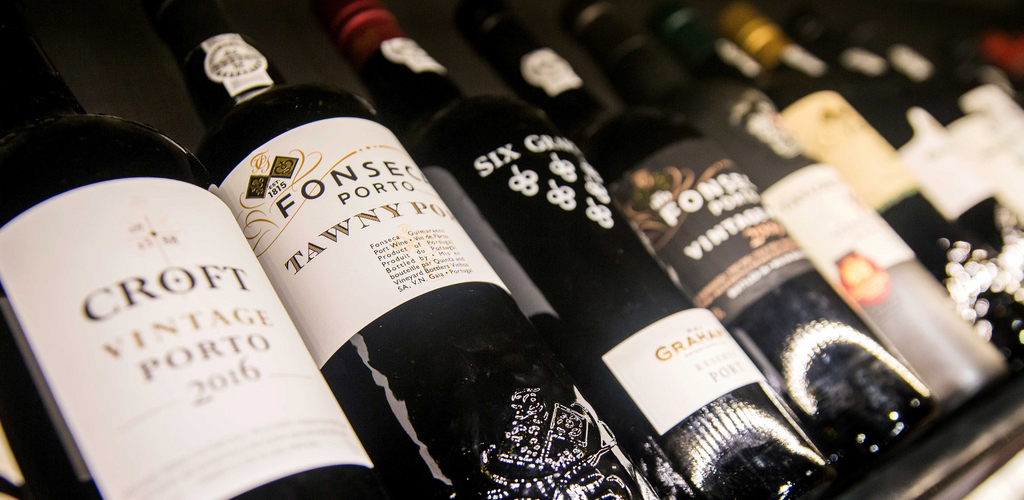Fortified Wines 101

Before refrigerators became standard kitchen appliances, nearly all wine was fortified with extra wine spirits (alcohol) to delay spoilage. Fortified wine remains popular today because of its delightful variety of intense flavors. Whether consumed with desserts, sipped as an aperitif, or as a food dish enhancer, fortified wines continue to grace the dinner tables of both wine enthusiasts and anyone else who enjoys an occasional glass of robustly distinctive wine.
The Process of Making Fortified Wine: From Fermentation to Wine Glass
Like other wines, the production of fortified wine starts with fermented grapes. The difference between a fortified wine and a non-fortified wine lies in the timing of adding a neutral spirit. Also called neutral alcohol, neutral spirits is a kind of concentrated ethanol that is distilled until it reaches 190 proof (around 95 percent alcohol by volume, or ABV). Made from grains, potatoes, or grapes, neutral spirits have no color, odor, or flavor. An example of a neutral spirit is vodka, as defined by the U.S. Alcohol and Tobacco Tax and Trade Bureau.
When a neutral spirit is added before the fermentation process begins, grape sugars cannot convert to alcohol. This results in a sweeter, but more potent wine. The longer you wait to add neutral spirits after fermentation starts, the drier your wine. If you love drier than average fortified wines, you should simply wait to add neutral spirits until after fermentation is complete.
6 Common Fortified Wines
Marsala
Marsala wine comes from the island of Sicily, Italy. Made with locally harvested white grapes, Marsala is usually supplemented with brandy or other distilled (neutral) spirits. A popular dry-cooking wine, Marsala is also a delectable sweet wine sipped before or after a meal.
Sherry
Typically made with Palomino grapes, sherry is exclusively produced in an area of Southern Spain called the "Sherry Triangle". Comprised of three Spanish towns, the Sherry Triangle is famous for providing the world with uniquely-flavored Fino, Manzanilla, Palo Cortado, and Amontillado dry sherries.
Port Wine
Nearly all port wine comes from a blend of Douro Valley red grape varieties in Portugal. Port wine is primarily sweet, but is available as a semi-dry or dry fortified wine. Although fortified port wines are made in the U.S., Canada, France, and several other countries, the European Union's Protected Designation of Origin law allows only port wines produced in Portugal to be labeled as "port".
Madeira
Available as a sweet or dry fortified wine, Madeira is named after Madeira Island located near the center of the Atlantic Ocean. Producers of Madeira heat the wine repeatedly, which endows it with a remarkable range of extraordinary flavors--from luscious toffee to roasted nuts to rich caramel. Dry Madeira wine is usually served with soups and salads, while sweeter Madeira is preferred as an after-dinner drink.
Vermouth
Most white (dry) vermouth comes from France while red (sweet) vermouth is made in Italy. Imbued with tantalizing flavors provided by herbs and spices, vermouth is enjoyed as a mixer in Manhattans, Americanos, and other cocktails or as an aperitif.
Moscatel de setúbal
Containing the rich flavor of Muscat of Alexandria grapes, Moscatel de setúbal is produced on Southern Portugal's Setúbal peninsula. A fortified wine with hints of caramel, honey, and Mandarin orange, this fortified wine tastes heavenly when paired with sweet desserts.





